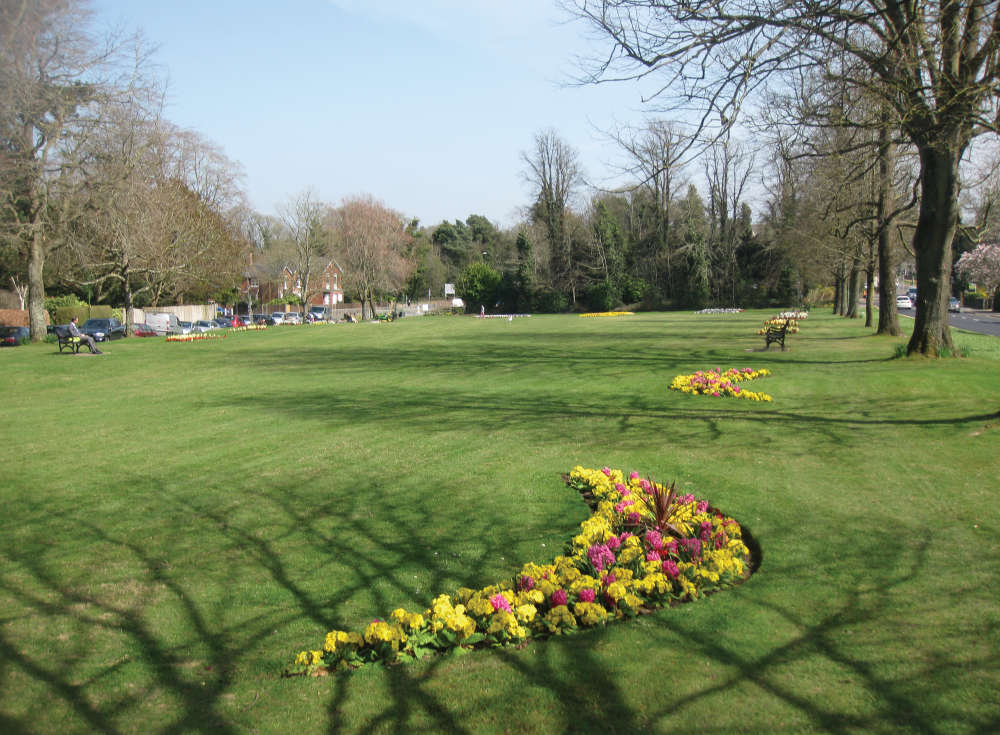
The busy and vibrant town of Haywards Heath in West Sussex is an attractive mix of residential, shopping and business and glorious countryside.
Early History: The area now known as Haywards Heath has evidence of human habitation dating back to the Mesolithic period, as flint tools have been found in the region. During the Roman period, the area was part of the Roman road network that connected London to the South Coast. The Romans also established settlements and villas in the surrounding area.
Medieval Period: In the medieval period, Haywards Heath was a small agricultural settlement with scattered farms and woodland. The name "Haywards Heath" is believed to have originated from the Old English words "hayward," meaning "a person responsible for fences or hedges," and "heath," which refers to the open land used for grazing. During the medieval period, Haywards Heath was part of the ancient parish of Cuckfield and was under the control of the manor of Wakehurst, owned by the Knights Hospitaller. The local economy revolved around agriculture, with farming, sheep rearing, and forestry being the main sources of livelihood for the residents.
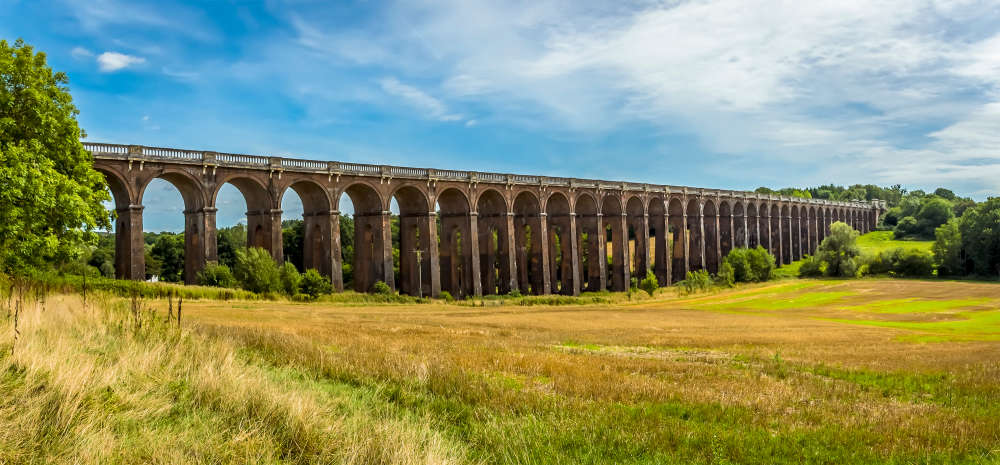
18th and 19th Centuries: Haywards Heath began to grow and evolve during the 18th and 19th centuries. The construction of the London to Brighton railway line in 1841 brought significant changes to the town. Who was responsible for the decision to site a station midway between Lindfield and Cuckfield? The residents of those two villages had a big say. Both populations were keen to profit from the proximity of the railway without having to deal with the noise and the pollution.Their opposition was the seed that germinated an entirely new settlement. The plans for a direct London-Brighton line were altered to include a station stop at Haywards Heath. There were a few cottages and farmhouses scattered around the area already, but it was railway contractor Joseph Flesher, who built the very first house called Clevelands on the top of the tunnel. It was the first house to be built as a direct result of the railway. As a result, Haywards Heath transformed from a small agricultural settlement into a thriving market town. The railway brought increased trade, employment opportunities, and a surge in population. Many businesses and shops were established along the railway line, and the town saw the construction of new houses, churches, schools, and other public buildings.
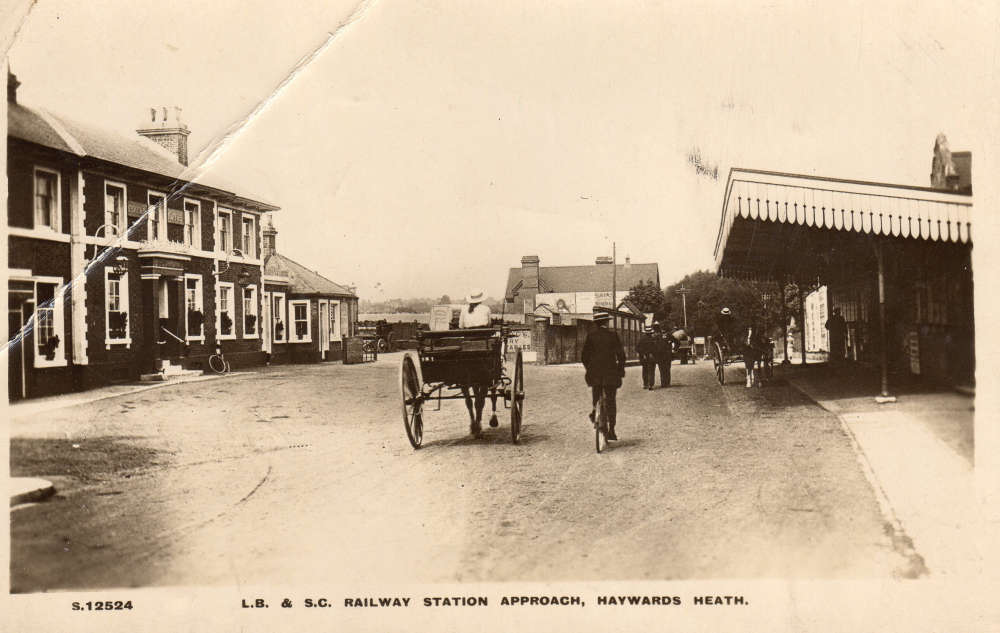
In the late 19th century, Haywards Heath became known as a popular health resort due to its comparatively clean air and pleasant surroundings. The town attracted wealthy visitors seeking a healthy lifestyle, and several grand Victorian mansions and hotels were built to accommodate them. The railway also made it easier for commuters to travel to London for work, further boosting the town's growth. Thomas Bannister was a farmer and auctioneer who capitalised on the arrival of the railway with a thriving cattle market at the foot of Boltro Road. Originally established in 1868, the market quickly became one of the largest in the UK. According to Phillipa Malins of Cuckfield Museum’s Curatorial Team, it handled “about 100,000 animals a year, and brought in huge amounts of money and custom to the town as the banks and businesses in Boltro Road testify. The lowing of cattle was a familiar sound to anyone working in that part of Haywards Heath right up until the closure of the market in 1989 when it made way for a superstore.”

20th and 21st Centuries: Haywards Heath continued to grow and develop. During World War II, the town played a significant role in the war effort, with several military installations and facilities being established in the surrounding area. After the war, Haywards Heath experienced further expansion with the construction of new residential areas, schools, and hospitals. In 1859, the Brighton Lunatic Asylum opened on the outskirts of Haywards Heath. It was the last asylum to be built under the 1845 Lunatics Asylums Acts, which required all counties in England to invest in institutions for their ‘pauper lunatics’. Roland Harris writes in his Historic Character Assessment Report on Haywards Heath, “The hospital was vast, with 425 places, and without doubt was a significant boost to the local economy, through construction, employment, and demand for housing.”

The asylum’s first medical superintendent was Dr Lockhart Robertson, who would have been a prominent figure in early Haywards Heath. Robertson was a progressive, promoting the use of non-restraint and using therapeutic methods such as vapour baths to treat depression.
The town also saw the development of a diverse range of industries, including manufacturing, retail, and services, which brought more employment opportunities for the local population. In 1902, for instance, the town became home to draper Mr Chapman who had worked in an Oxford Street Department Store and moved down from London to open his own business in Sussex Road.
In recent years, Haywards Heath has become a popular commuter town due to its excellent transport links to London and Brighton. Many residents work in these nearby cities but choose to live in Haywards Heath for its peaceful, semi-rural setting and excellent amenities. The town has also seen significant modernisation and regeneration projects, with new housing developments, shopping centres, and recreational facilities being built to cater to the needs of its growing population.
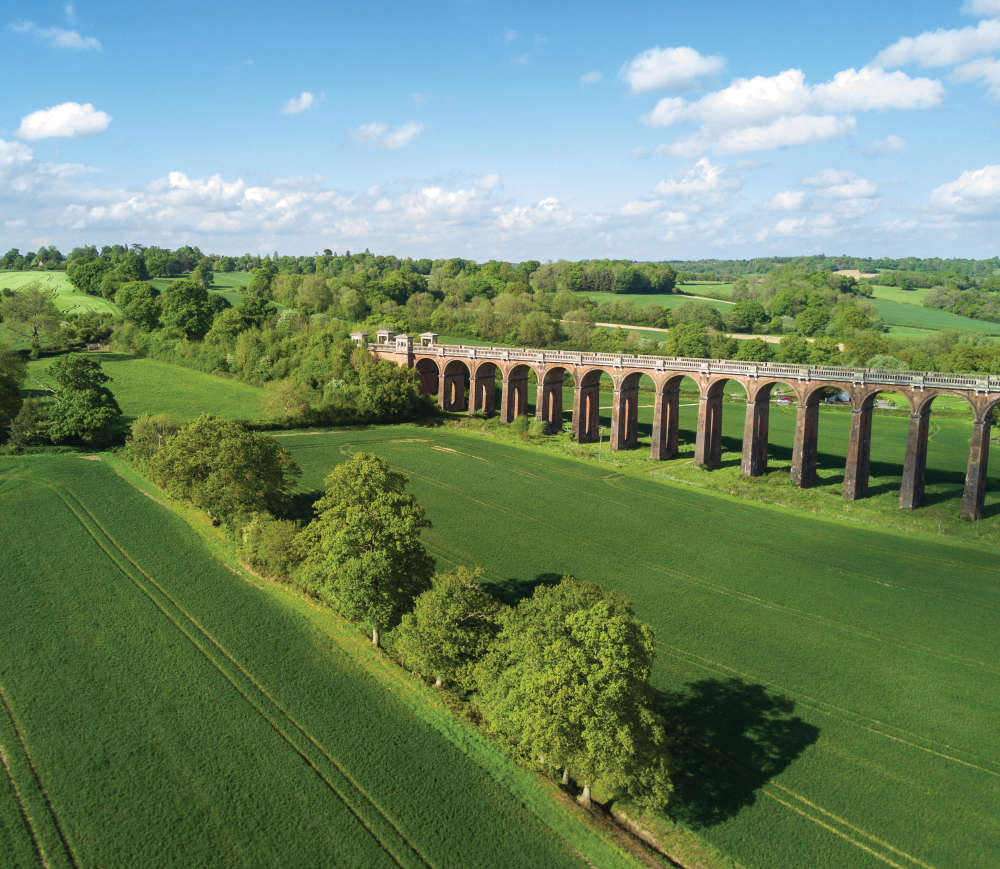
Haywards Heath has come a long way from its origins as a small agricultural settlement to a bustling commuter town with a diverse range of industries and amenities. Its history is marked by the development of transport links, the growth of industries, and the changing needs of its population. Today, Haywards Heath is a vibrant and thriving town with a rich heritage that continues to evolve in response to the demands of modern life.

 Playtime: Board Games
Playtime: Board Games
 If You Ask Me: The Pothole Gardener
If You Ask Me: The Pothole Gardener
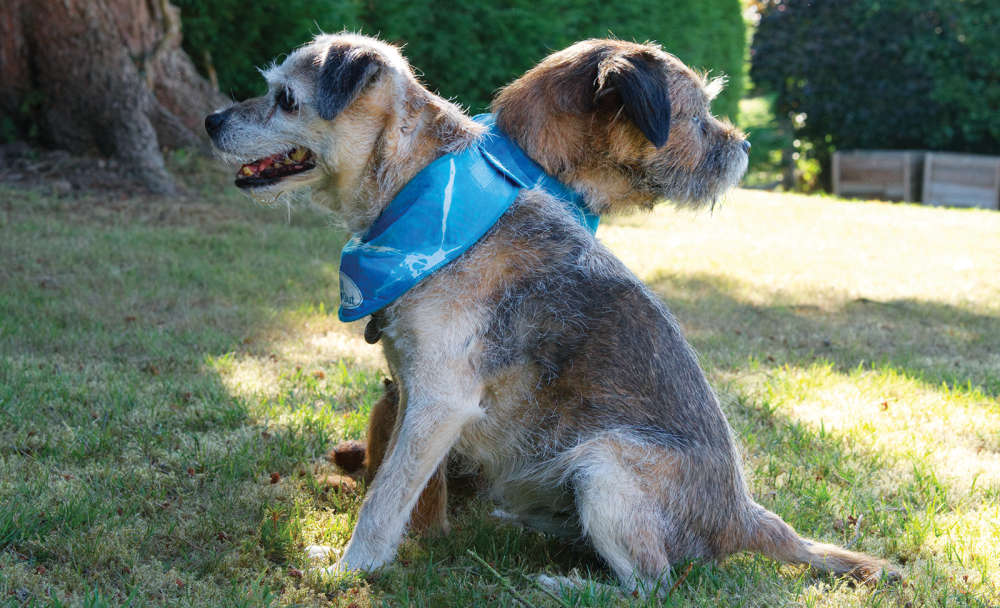 It's a Dog's Life: A Decade of Dog!
It's a Dog's Life: A Decade of Dog!
 December Book Reviews
December Book Reviews
 If You Ask Me: Flo’s Virtual Bookshop
If You Ask Me: Flo’s Virtual Bookshop
 Kids Zone: Christmas Traditions
Kids Zone: Christmas Traditions
 Book Reviews: November Novels... and more!
Book Reviews: November Novels... and more!
 What to Watch in October 2024
What to Watch in October 2024
 Kids Zone: Spooky Spider's Webs
Kids Zone: Spooky Spider's Webs
 If You Ask Me: Humanity's Greatest Invention
If You Ask Me: Humanity's Greatest Invention
 If You Ask Me: A Desert Island Drag
If You Ask Me: A Desert Island Drag
 Kids Zone: Mud Kitchens
Kids Zone: Mud Kitchens
 What to Watch in July 2024
What to Watch in July 2024
 Kids Zone: Ice Block Treasure Hunt!
Kids Zone: Ice Block Treasure Hunt!
 What to Watch in June 2024
What to Watch in June 2024
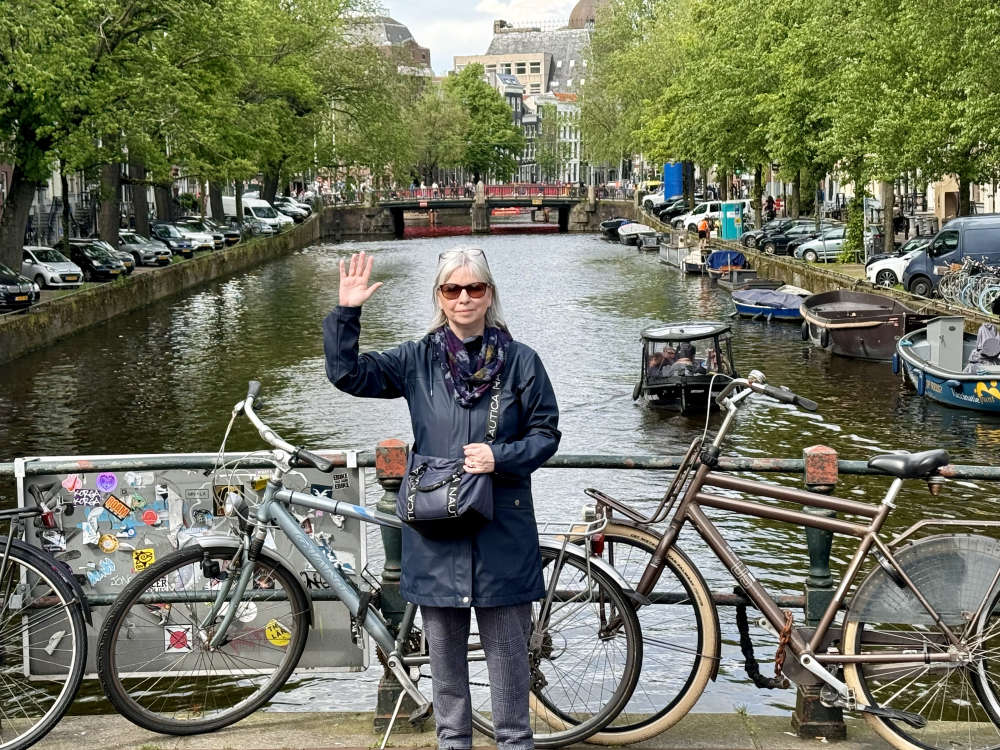 A Gourmet Escape on the Eurostar: London to Amsterdam with Culinary Delights in Almere
A Gourmet Escape on the Eurostar: London to Amsterdam with Culinary Delights in Almere
 If You Ask Me: Train Announcements Have Gone Off the Rails
If You Ask Me: Train Announcements Have Gone Off the Rails
 If You Ask Me... Never Argue with an Idiot
If You Ask Me... Never Argue with an Idiot
 Kids Zone: Mosaic Art
Kids Zone: Mosaic Art
 What to Watch in April 2024
What to Watch in April 2024